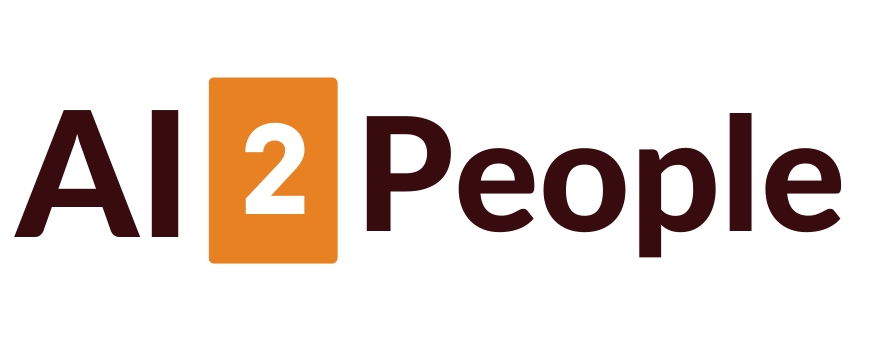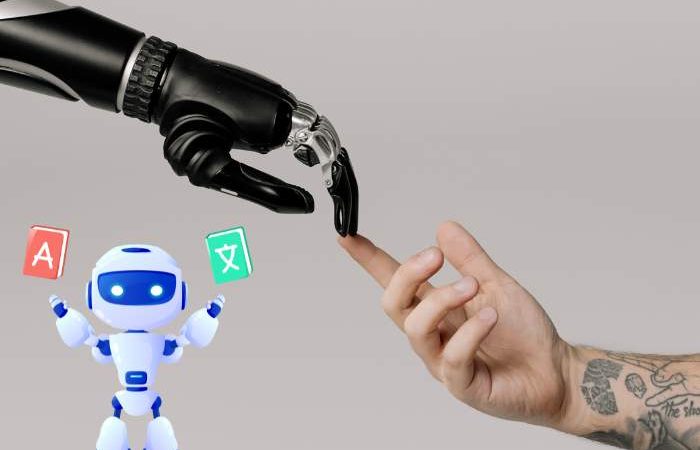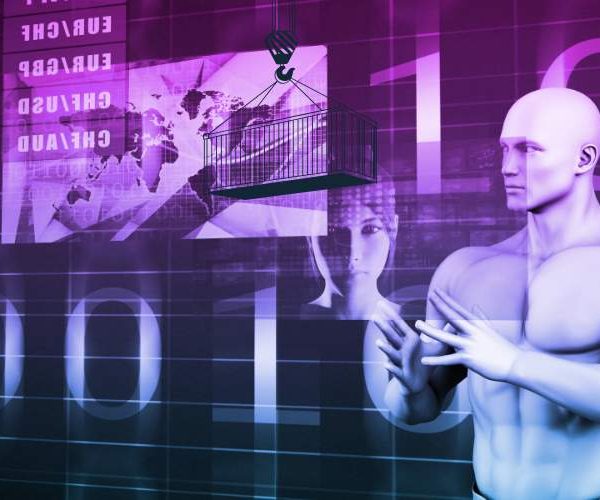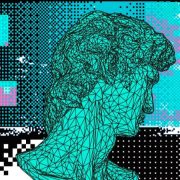
AI Predicting Natural Disasters: Can We Trust the Warnings?
In a world where natural disasters are becoming more frequent and destructive, the race is on to predict them with greater accuracy. Enter Artificial Intelligence (AI) – the tech marvel that’s transforming everything from shopping habits to self-driving cars. But can AI really forecast a hurricane, an earthquake, or a deadly wildfire? And more importantly, should we trust it with our lives?
The Rise of AI in Disaster Prediction
Imagine receiving a text message warning you about a coming earthquake, days before it strikes. Sounds like science fiction, right? But with AI, this could soon be a reality. AI systems are being developed to analyze massive amounts of data from satellites, sensors, and historical records, searching for patterns that human experts might miss. By crunching this data, AI can offer predictions about when and where disasters might occur.
For example, AI algorithms have been used to predict the paths of hurricanes more accurately than traditional methods. In some cases, they’ve even predicted volcanic eruptions and earthquakes with impressive precision. This technology promises to revolutionize how we prepare for and respond to natural disasters, potentially saving millions of lives.
The Accuracy Question: Can We Trust AI?
But here’s the catch: AI isn’t perfect. It’s only as good as the data it’s trained on, and when it comes to natural disasters, that data can be unpredictable. Unlike calculating the best route home or recommending your next binge-worthy series, predicting natural disasters involves countless variables that are constantly changing.
While AI can offer predictions, there’s always a margin of error. For instance, an AI might predict a hurricane hitting one area, only for it to veer off course at the last minute. Similarly, predicting earthquakes remains a daunting challenge. The science is still evolving, and while AI shows promise, it’s not yet foolproof.
This uncertainty can lead to a dangerous dilemma: false alarms. If people are warned about disasters that never materialize, they might start ignoring future warnings, much like the story of the boy who cried wolf. On the flip side, failing to predict a disaster accurately could leave people unprepared and vulnerable.
The Emotional Rollercoaster: Living in the Shadow of AI Predictions
The potential of AI to predict disasters brings a mix of emotions. There’s hope – the idea that we might finally get a handle on Mother Nature’s fury. But there’s also fear – what if the predictions are wrong? What if we trust AI too much, only to find ourselves caught off guard?
Imagine the anxiety of receiving a notification that a massive earthquake might hit your city tomorrow. Do you pack up and leave, or do you wait and see? The emotional toll of living under the constant shadow of AI predictions could be overwhelming for many.
The Ethical Dilemma: Who Decides When to Sound the Alarm?
Another critical question arises: who gets to decide when AI should sound the alarm? Is it the government, tech companies, or scientists? The ethical implications are staggering. A wrong call could lead to mass panic or complacency. How do we balance the need for caution with the potential for chaos?
The Bottom Line: A Double-Edged Sword
AI’s role in predicting natural disasters is a double-edged sword. On one hand, it offers a glimpse of a future where we can outsmart nature, minimizing damage and loss of life. On the other, it presents a set of new challenges that could backfire if not handled with care.
So, can we trust AI warnings? The answer isn’t black and white. As the technology improves, we’ll likely see more accurate predictions, but we must remain vigilant. Trust, but verify – that’s the mantra we need to adopt.
Conclusion: Hope, Fear, and the Unknown
AI’s potential to predict natural disasters is both thrilling and terrifying. It holds the promise of saving countless lives, but it also introduces a new level of uncertainty. As we continue to develop and refine these technologies, we must tread carefully, always questioning, always testing, and always preparing for the unexpected.
In the end, AI is a tool – a powerful one, but not an infallible one. It’s up to us to use it wisely, balancing hope with caution, and never forgetting that even the most advanced technology has its limits. The future of disaster prediction is here, but whether it’s a blessing or a curse depends on how we choose to embrace it.





















